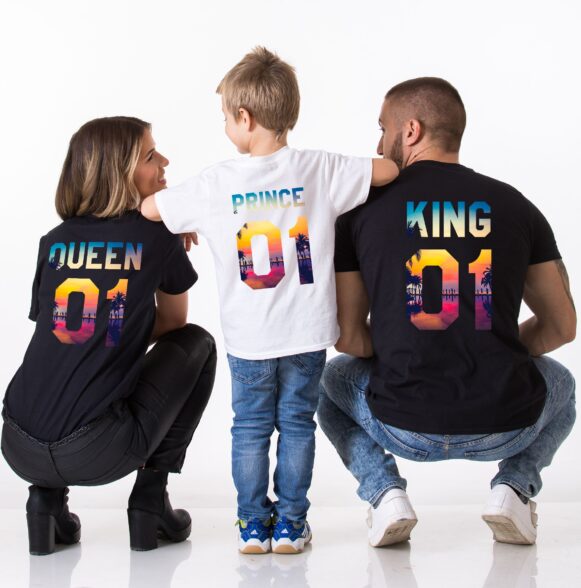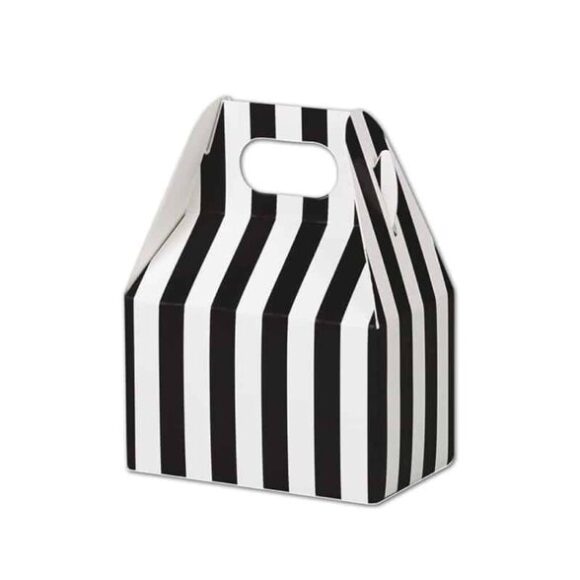Custom t-shirt printing has become a significant aspect of modern fashion, personal expression, and branding. Whether you’re looking to promote your business, commemorate an event, or simply showcase your creativity, the method of printing you choose can greatly impact the final result. With various printing techniques available, each offering distinct advantages and limitations, it’s essential to understand the differences between them to make an informed decision. As we provide custom t shirt printing in Dallas and if you are search to learn more about custom t shirt printing methods then you are at the right place. If you search for custom t shirt printing near me then you will find us on top. In this comprehensive guide, we’ll delve into five primary methods of custom t-shirt printing: screen printing, heat transfer printing, direct-to-garment (DTG) printing, sublimation printing, and vinyl cutting.
Screen Printing:
Screen printing, also known as silk screening, is one of the oldest and most widely used methods for printing on garments. Its popularity stems from its ability to produce vibrant, long-lasting prints, making it ideal for large orders and designs with bold colors. Here’s how it works:
- Design: The process begins with creating a stencil, also known as a screen, of the desired design. Each color in the design requires a separate screen.
- Preparation: Once the screens are ready, place it on top of the t-shirt, and the apply the ink to the screen.
- Printing: Use a squeegee is to press the ink through the screen onto the fabric, transferring the design.
- Cure: To ensure the ink adheres permanently to the fabric, cure the garment under heat.
Pros:
- Excellent color vibrancy and durability.
- Cost-effective for large orders.
- Versatile, suitable for various types of fabrics.
Cons:
- High setup costs, especially for multiple colors.
- Not suitable for intricate designs.
- Limited color options per design.
Heat Transfer Printing:
Heat transfer printing involves transferring a design from a special paper onto the fabric using heat and pressure. This method is popular for its ability to produce detailed and colorful designs with relatively low setup costs. Here’s how it works:
- Design: Create the design digitally and print onto transfer paper using a specialized printer and ink.
- Transfer: Place the design onto the garment, and then provide the heat and pressure using a heat press machine.
- Peel: After the heat application, the paper is peeled off, leaving the design on the fabric.
Pros:
- Suitable for small orders and one-off prints.
- Can accommodate intricate designs with fine details.
- Quick turnaround time.
Cons:
- Not as durable as other methods, especially with frequent washing.
- Colors may fade over time, especially with exposure to sunlight.
- Limited to certain types of fabric, such as polyester and cotton blends.
Direct-to-Garment (DTG) Printing:
Direct-to-garment (DTG) printing is a relatively new method that involves printing the design directly onto the fabric using specialized inkjet printers. This method is favored for its ability to produce high-quality, full-color prints without the need for screens or setup costs. Here’s how it works:
- Preparation: The garment is pre-treated with a special solution to ensure proper ink absorption.
- Printing: The garment is loaded onto the printer, and the design is digitally printed onto it.
- Cure: After printing, the garment is heat-set to fix the ink permanently.
Pros:
- No setup costs or minimum order requirements.
- Allows for full-color printing and intricate designs.
- Suitable for on-demand printing and quick turnaround times.
Cons:
- Limited to cotton and cotton-blend fabrics.
- Not as cost-effective for large orders compared to screen printing.
- Requires regular maintenance of the printing equipment to ensure optimal performance.
Sublimation Printing:
Sublimation printing involves transferring dye onto the fabric using heat and pressure. Unlike other methods, sublimation ink turns into a gas when heated, bonding directly with the fabric fibers to create vibrant, permanent prints. Here’s how it works:
- Design: The design is created digitally and printed onto special sublimation paper using sublimation ink.
- Transfer: The printed design is placed onto the garment, and heat and pressure are applied using a heat press machine.
- Sublimation: The ink turns into a gas and penetrates the fabric, resulting in a vivid, long-lasting print.
Pros:
- Produces vibrant, high-quality prints with no texture or feel.
- Suitable for polyester fabrics and polyester-coated items.
- Allows for full-color printing with intricate details.
Cons:
- Limited to light-colored garments, as sublimation ink does not show up well on dark fabrics.
- Not suitable for natural fabrics like cotton.
- Requires specific equipment and materials, which may be costly initially.
Vinyl Cutting:
Vinyl cutting, also known as plot printing, involves cutting out the design from vinyl sheets and then heat pressing it onto the garment. This method is favored for its ability to produce durable and long-lasting prints, especially for simple designs and text. Here’s how it works:
- Design: The design is created digitally and converted into a vector format.
- Cutting: A vinyl cutter is used to cut out the design from colored vinyl sheets.
- Weeding: The excess vinyl is removed from around the design, leaving only the desired design on the backing.
- Transfer: The vinyl design is placed onto the garment, and heat and pressure are applied using a heat press machine to adhere it permanently.
Pros:
- Ideal for simple designs and text.
- Offers a wide range of colors and finishes, including matte, glossy, and metallic.
- Durable and long-lasting prints that withstand frequent washing and wear.
Cons:
- Limited to single-color designs or simple multicolor designs.
- Not suitable for intricate or detailed designs.
- Can be time-consuming for large orders, as each design must be cut individually.
Conclusion:
Custom t-shirt printing offers a plethora of options for individuals and businesses to showcase their creativity, promote their brand, or commemorate special events. Each printing method has its own set of advantages and limitations, making it essential to consider factors such as budget, design complexity, fabric type, and order size when choosing the right method for your needs. Whether you opt for the traditional vibrancy of screen printing, the versatility of DTG printing, the durability of sublimation printing, or the precision of vinyl cutting, understanding these techniques empowers you to create personalized and professional-quality garments that make a statement.




